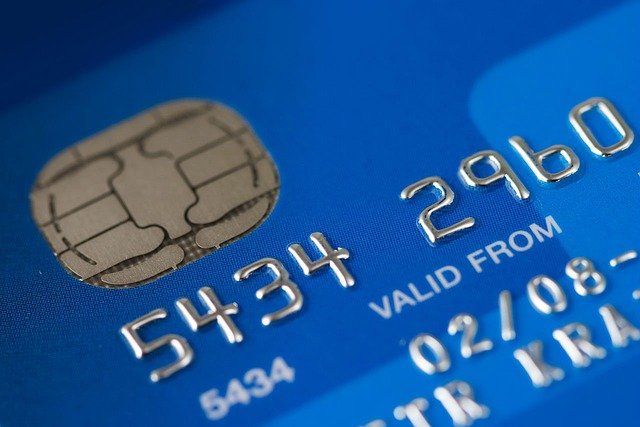Automated clearing house, or ACH, transfers provide a convenient way to make online purchases while paying low fees. The downside is that ACH transfers take longer to process than credit or debit card payments, so you might have to wait a few days for an ACH transfer to clear. If it’s already been a few days and the ACH transfer still hasn’t showed up on your bank account statement, though, you might want to know about ACH trace numbers. These trace numbers help you track ACH transactions.
You can find a trace number by looking at the statements in your online bank account. For example, you may be able to select an individual transaction record and press a button that will show you more details about that transaction. If it was an ACH transaction, these additional details will include the ACH trace number. Trace numbers are transaction-specific, unlike routing numbers and account numbers.
Why You Might Need an ACH Trace Number
If you’re running an online store, you might have used an ACH transfer to pay a vendor’s invoice. You might also have used an ACH transfer to pay a utility bill such as the water or electricity bill. Vendors and utilities may charge you late fees or penalties if you don’t pay on time, so it’s important to make sure that the ACH transfer was sent and that it arrived on time.
You might also have received an ACH transfer from a customer who ordered products from your store. While credit cards and debit cards are the typical payment methods for online stores, some payment processors can process ACH transfers as well. If the payment hasn’t shown up in your bank account and it’s been a few days, you might want to check to make sure that the transfer went through.
Either way, an ACH trace number confirms that the payment was sent. This number also provides proof of payment if you need to prove that you paid an invoice. The trace number doesn’t contain as much information as an invoice or a receipt, though. It just tells you that a payment was made but it doesn’t say what goods or services were provided. Each trace number also provides information about one side of the transaction, but not the other.
Each ACH Transfer Has Two Trace Numbers
If you sent a payment to another company using the ACH service, the bank will give you an ACH trace number for your transfer. This is the source trace number. The recipient of the funds will also receive an ACH trace number for that transaction. This is the destination trace number.
Each of these numbers includes information about the banks that processed the transaction. Banks use nine-digit routing numbers to identify themselves. If you want to know your bank’s routing number, take a look at your checks. The routing number is the nine-digit code that appears in the bottom left section of each check.
An ACH number is a 15-digit code. Its first eight digits are the first eight digits of your bank’s routing number. The ninth digit of the routing number is a trace digit that’s not included in the ACH trace number. The next seven digits of the ACH number are a counter that increases each time the bank processes an ACH transaction.
Contacting the Bank
Whether you’re waiting to receive an ACH transfer or if you’re waiting for a payment to a vendor to show up in your account, you may need to contact your bank if the ACH transfer isn’t processed within a reasonable amount of time. ACH transfers usually take a day or two but in some cases they can take longer than that. If the transfer took place on a Friday or the day before a federal holiday, you might need to wait a few more days for the bank to process the transfer.
The bank should be able to look up the transaction once you give them your trace number. It will be able to look up the batch of payments that included the ACH transfer as well as the date when this batch of payments was processed. If the bank can’t find this information, the transaction might not have gone through.
Conclusion
You normally won’t need to look up ACH trace numbers. Banks usually process ACH transactions in a few days, although in certain situations it can take longer than that. It’s not necessary to enter ACH trace numbers into bookkeeping or accounting software either. Accounting apps can record transactions without using this information.
ACH trace numbers will be most useful in specific situations. For example, a trace number provides evidence that a payment was sent. You can also use a trace number to get information about a transaction that your bank is still processing. While a department store may provide a tracking app that shows you the location of the truck that’s delivering your package, banks don’t provide this level of detail about payments. So a trace number allows you to both confirm a payment and check its current status.
